Index
Page 3 of 3
Benchmarks
Here are the customary GPU-Z and CPU-Z screens:
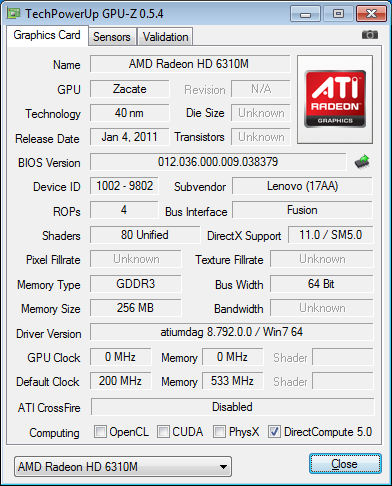
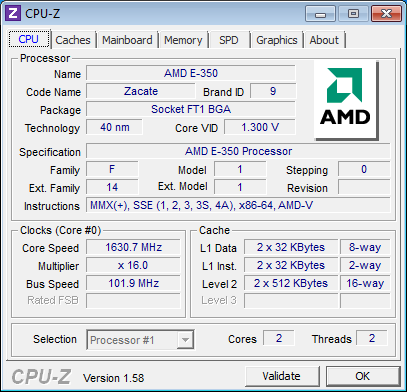
In 3Dmark06, the Lenovo scores 2215 3Dmarks. Of course, the E-350 and HD 6310 combo are not intended for gaming, but the real value of having a modern DX11 GPU lays in HD playback, which Brazos handles much better than Atom chips thanks to the UVD 3 engine. Of course, it would even be possible to run some old games on the E-350, but lackluster battery life would be an issue.
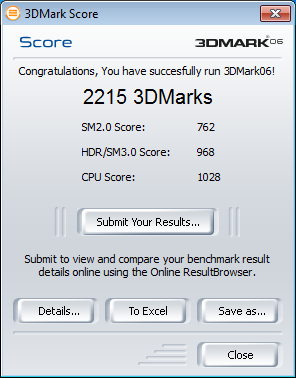
Naturally, the E-350 can’t hold a candle to contemporary high-end processors in more demanding tests like Cinebench. However, nobody outside a mental health institution would even consider using it for offline 3D rendering or anything nearly as demanding.
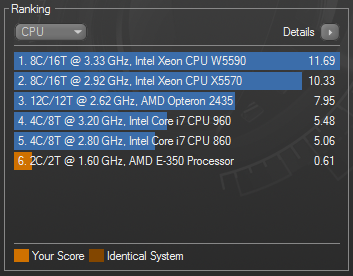
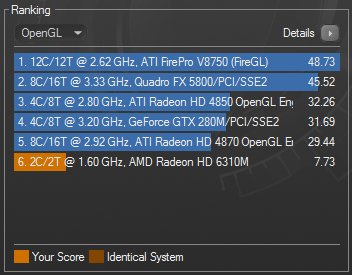
Hitachi’s 250GB hard drive delivers good transfer rates, albeit with subpar access times.
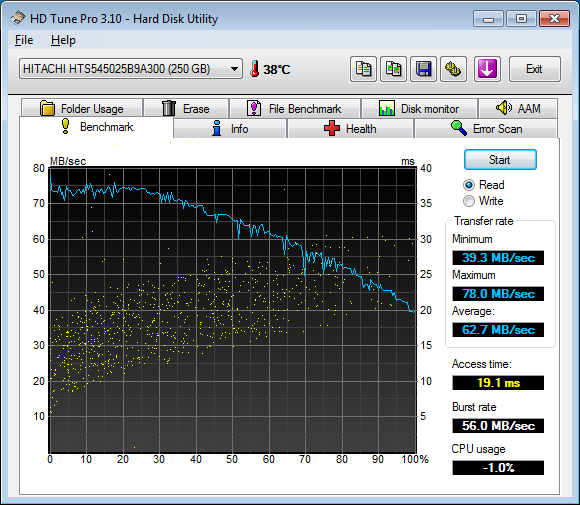
Conclusion
So, the S205 is a mixed bag to say the least. Clearly its biggest drawback is limited battery life and the fact that Lenovo was forced to ship a bulky 6-cell power pack, thus increasing weight and adding unnecessary thickness to an otherwise sleek design, only to deliver unimpressive results. The touchpad is a bit too small for my taste and upgradability is also an issue.
However, although the IdeaPad S205 has its fair share of shortcomings I will go out on a limb and recommend it - and here is why - it offers unbeatable value for money, plain and simple. No 11.6-incher comes even close in terms of pricing, let alone performance, including models based on ancient single-core Atoms and Athlons. Roughly comparable models usually retail for €50 to €100 more. In fact, the closest competitor is Lenovo’s own U160 with an Intel U5400 dual-core, which is practically identical to the S205, but costs a bit more.
Let me put it this way: €259 will hardly buy you a decent phone, or a half-decent tablet, but it will buy you a cute ultraportable notebook that can easily meet the everyday needs of most users.
« Prev Next



